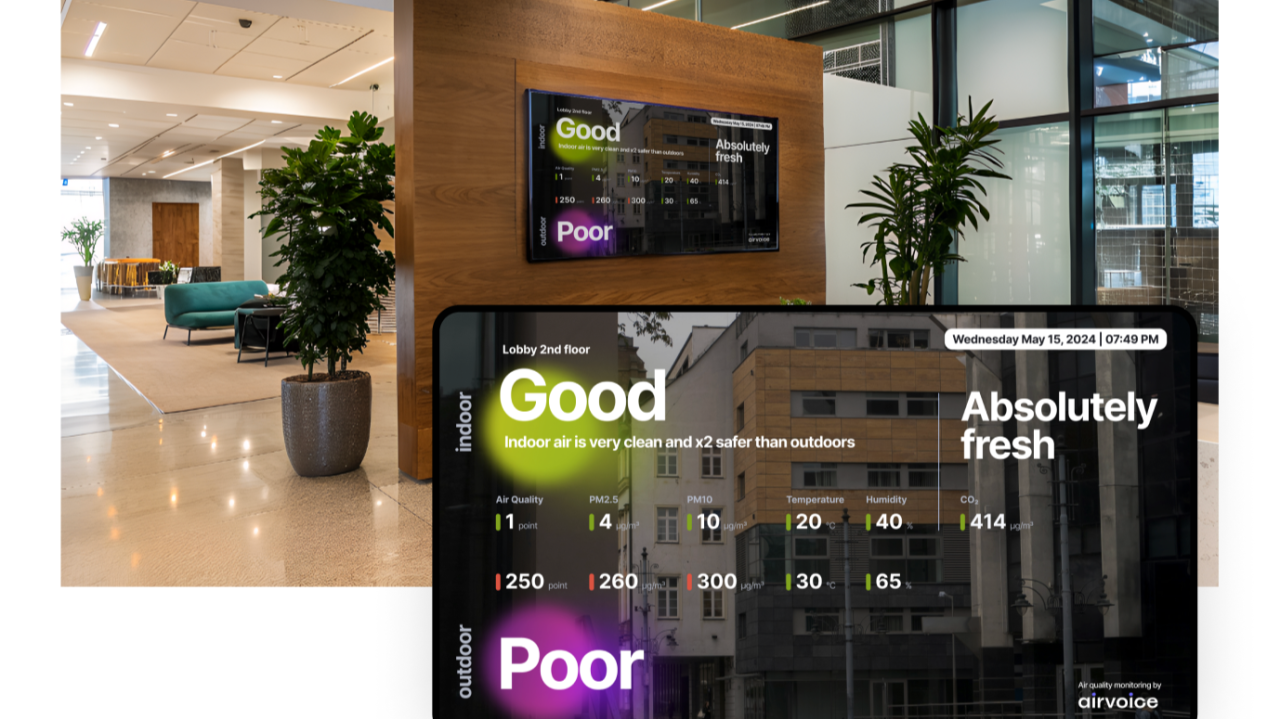Electrochemical sensors are used to measure the concentration of gases in the air. They are quite small and can work continuously. But there is a nuance: the readings of electrochemical sensors depend not only on the concentration of the measured gases but also on temperature, humidity, and the concentration of some "neighboring" gases.
In addition, each specific electrochemical sensor is unique in a certain sense and has unknown characteristics. Therefore, a good solution is to use a whole set of sensors for different gases in one device and perform an end-to-end calibration of the sensors on a special calibration bench.
The calibration procedure consists of successive changes in the operating conditions (temperature, humidity, and gas concentration) of sensors placed in a special chamber. All sensor readings are recorded under each condition.
Then systems of linear equations are solved, and matrices are built that determine the most accurate linear relationship between "millivolts at a given set of sensors" and "real gas concentrations". It is noteworthy that the matrices depend only on temperature and humidity (and in some cases also on the rate of change in temperature and humidity).
In order to collect enough data for an accurate calibration, our bench will run for a full month. Therefore, before placing a large set of sensors in the chamber, they must be carefully checked to make sure that they all work properly.
In the photos, you can see the fairy lights of a set of sensors before the calibration procedure on our calibration bench. 35 sensors are placed in the sockets, where the necessary conditions are maintained: pressure, temperature, humidity, and concentration of the supplied gas mixtures.
Each of these lights refers to one socket. The wires on top are part of the electronic harness, which "interrogates" all the sensors and logs data for further processing.
Then, after comparing the sensor readings with the calibration system data, we will assign each sensor its own unique calibration factor.
As for the LEDs, they show that each sensor under the light is receiving power and successfully responding to requests.
The calibration procedure consists of successive changes in the operating conditions (temperature, humidity, and gas concentration) of sensors placed in a special chamber. All sensor readings are recorded under each condition.
Then systems of linear equations are solved, and matrices are built that determine the most accurate linear relationship between "millivolts at a given set of sensors" and "real gas concentrations". It is noteworthy that the matrices depend only on temperature and humidity (and in some cases also on the rate of change in temperature and humidity).
In order to collect enough data for an accurate calibration, our bench will run for a full month. Therefore, before placing a large set of sensors in the chamber, they must be carefully checked to make sure that they all work properly.
In the photos, you can see the fairy lights of a set of sensors before the calibration procedure on our calibration bench. 35 sensors are placed in the sockets, where the necessary conditions are maintained: pressure, temperature, humidity, and concentration of the supplied gas mixtures.
Each of these lights refers to one socket. The wires on top are part of the electronic harness, which "interrogates" all the sensors and logs data for further processing.
Then, after comparing the sensor readings with the calibration system data, we will assign each sensor its own unique calibration factor.
As for the LEDs, they show that each sensor under the light is receiving power and successfully responding to requests.










